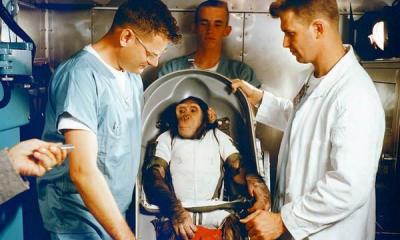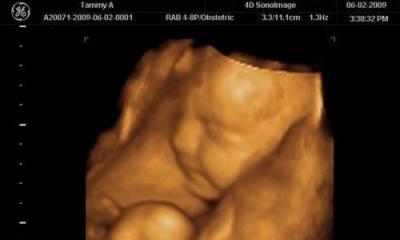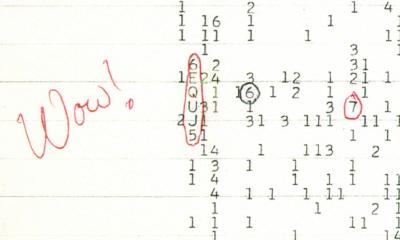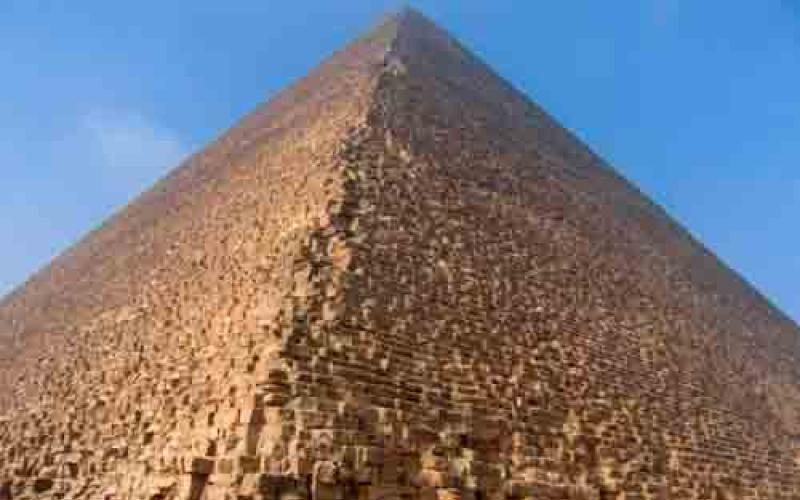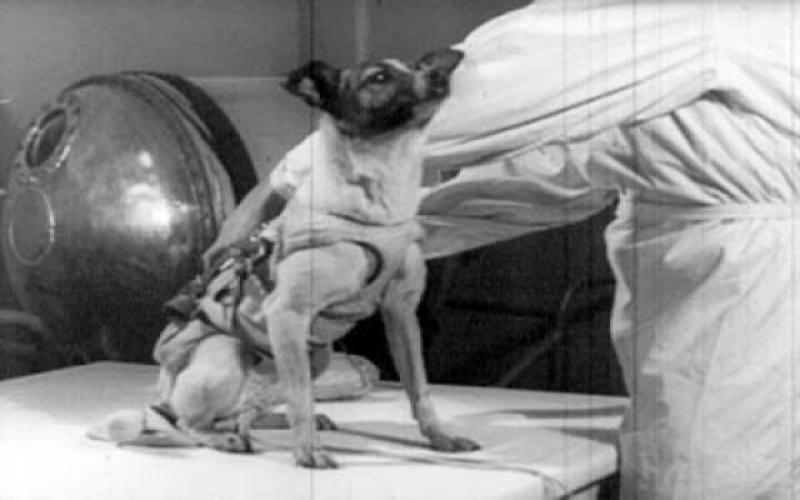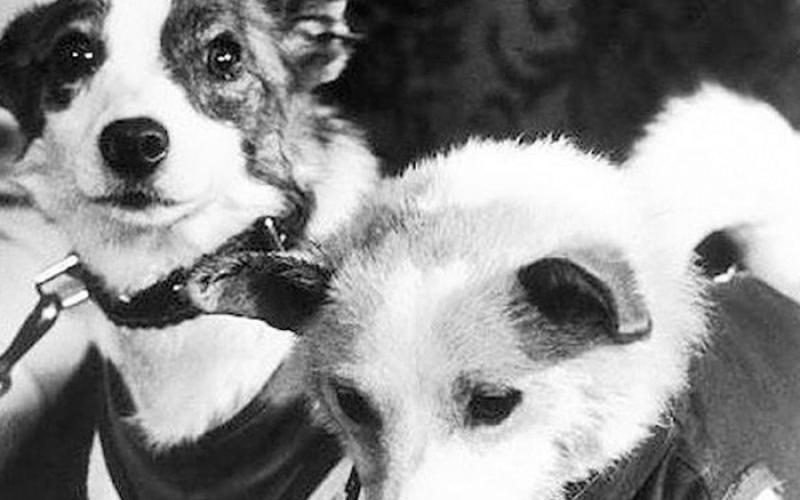Deep shot of the constellation Ursa Major
The constellation Ursa Major is one of the largest constellations in terms of area, the third after Hydra and Virgo. More than 200 stars belong to this section of the sky, and up to 125 stars of them can be distinguished with the naked eye, on a moonless night far beyond the city.
However, the constellation Ursa Major has become the most recognizable thanks to a group of seven stars that form the so-called. Big Bucket. Such easily distinguishable groups of stars are called "asterisms".
Various titles
Since initially this region of the sky was associated in people only with the Big Dipper asterism, most of the existing names were corresponding:
- The ancient Greeks called the constellation "Helika", which means "shell", sometimes "Arktos" - "bear" or "bear". According to some Greek authors, Ursa Major served the ancient Greeks as a navigator. According to Greek myth, Zeus turned two Cretan nymphs into bears in order to hide them from Kronos. According to another version - the nymph Callisto, to hide from his sister and wife - Hera.
- The Indian (in Sanskrit) name of the constellation sounds like "Sapta Rishi", which means "seven wise men". We are talking about the seven sons of the god Brahma, who are considered the progenitors of all, as well as the actual creators of the universe. In Indian astronomy, seven stars of the Big Dipper are called by the names of the sages.
- The Kazakh nomads called the constellation "Seven Thieves" (Zhetіқaraқshy). According to legend, Tengri, the supreme deity of the sky, tied two of his horses to an Iron peg. Here, the Iron stake (“Temirkazyk”) is, and the horses are two stars close to it (probably Polar A and Polar B). Then the seven stars of the Big Dipper are robbers who intend to steal horses, and therefore they constantly circle around them.
- Chinese astronomers called the constellation "Northern Dipper" ("Beidou"), since in those days the handle of the Big Dipper pointed almost to the north pole.
- In Slavic culture, this constellation was called "Moose", as it was originally associated with this animal. In Ancient Rus', the Big Dipper was also called the "Horse on the Prank", where the Big Dipper, like a horse, pinned to the North Star, constantly moves around it - around the prank.
Stars of the Big Dipper

"Ladle" Ursa Major
The Big Dipper is formed by the following seven stars:

It is noteworthy that the Big Dipper asterism has another name - "Hearse and Wailers". According to this idea, three stars form mourners, led by a leader (“Al-Qaeed Banat is ours”), behind whom a funeral stretcher moves.
On average, the stars that form the Big Dipper are located at a distance of 120 light-years from Earth. These luminaries are not the brightest in our sky, their average magnitude is close to 2m. However, it will not be difficult for almost everyone to find them in the sky.
Allocate the so-called moving group Ursa Major, the core of which consists of 14 stars. 13 of them are included in the constellation Ursa Major, and 5 are in the Big Dipper (Merak, Fekda, Megrets, Aliot and Mizar). Unlike the stars of this group, which move at a similar speed in one direction, the other two stars of the Dipper (Dubhe and Benetnash) move in the opposite direction, as a result of which the shape of the Big Dipper undergoes noticeable deformation over 100,000 years.
It is worth saying that in 2009 a new study found that in fact Mizar and Alcor is a sixfold system, where the double luminaries Mizar A and B revolve around the binary star Alcor. Do not be surprised, they are often born in pairs, and in clusters.

Other objects of Ursa Major
In addition to the Big Dipper, in the constellation Ursa Major, you can also observe an asterism called "Three Gazelle Jumps", which looks like three pairs of stars. These are the following couples:
- Alula North South (ν and ξ),
- Taniya North and South (λ and μ),
- Talita North and South (ι and κ).
Near Alupa Severnaya is a red dwarf called Lalande 21185, which is elusive to observe with the naked eye. However, it is the sixth closest star system to the Sun. Closer than the stars Sirius A and B.
Observational astronomers are well aware that this constellation contains the galaxy M101 (called the Pinwheel), as well as the galaxies M81 and M82. The latter two form the core of what is probably the nearest group of galaxies, located at a distance of about 7 million light years. Unlike these distant objects, the astronomical body M 97 ("Owl") is located within the Milky Way, hundreds of times closer. The Owl is one of the largest planetary nebulae.

In the middle, between the first and second "gazelle jump", with the help of optics, you can see a small yellow dwarf, similar to our Sun at number 47. From 2000 to 2010, scientists discovered three exoplanets, gas giants, revolving around it. Also, this star system is one of the most similar to the solar system and ranks 72nd in the list of candidates for the search for planets similar to Earth, conducted as part of the planned NASA Terrestrial Planet Finder mission. So for an astronomy lover, the constellation is of great interest.
In 2013 and 2016, two of the most distant galaxies from us were discovered in the constellation, respectively z8 GND 5296 and GN-z11. The light of these galaxies, recorded by scientists, was 13.02 (z8 GND 5296) and 13.4 (GN-z11) billion years.
Among non-astronomical facts, it is worth noting that the Big Dipper is depicted on the flag of the White Sea Karelia, and on the flag of Alaska - along with the polar star.

Flag of Alaska (left) and White Sea Karelia (right)
| List of constellations in the spring sky | |
|---|---|
| · · · | |


